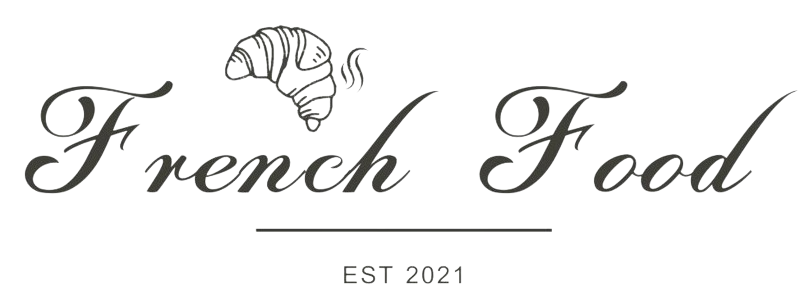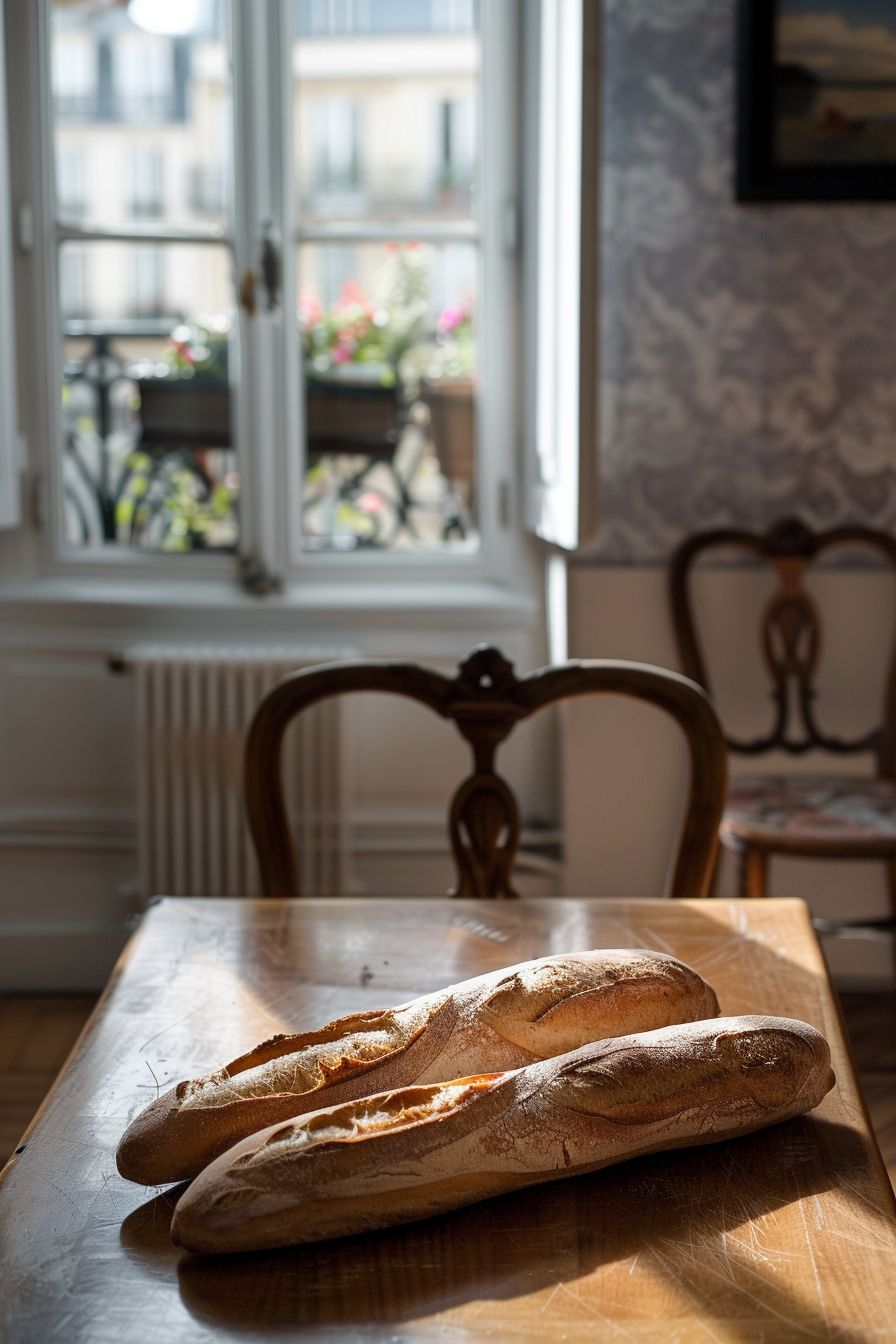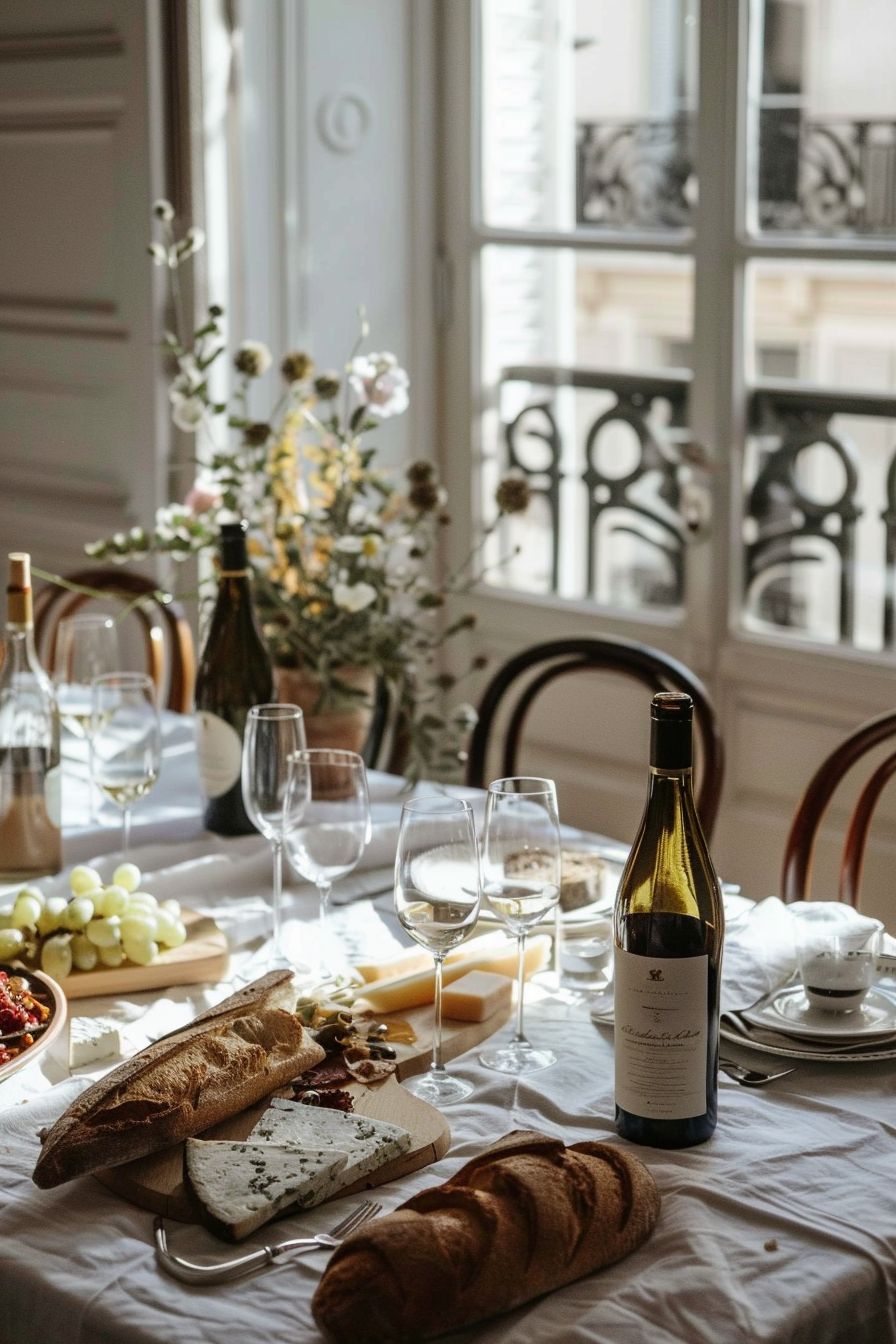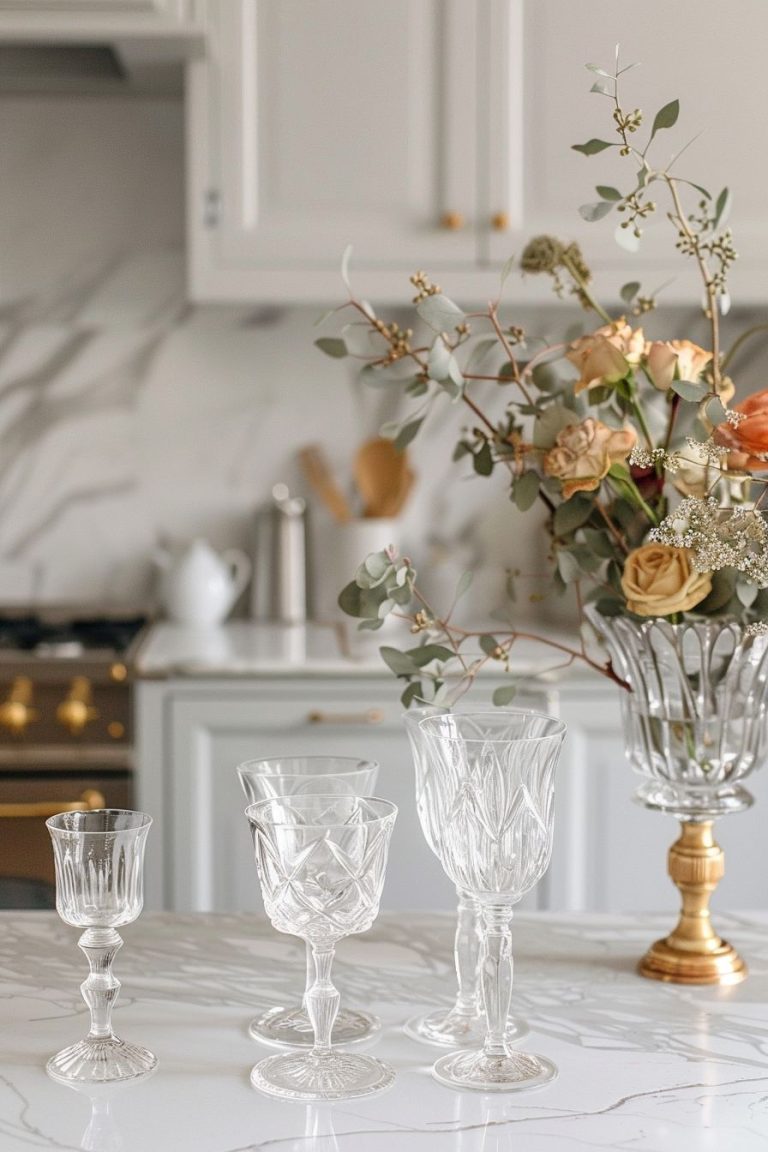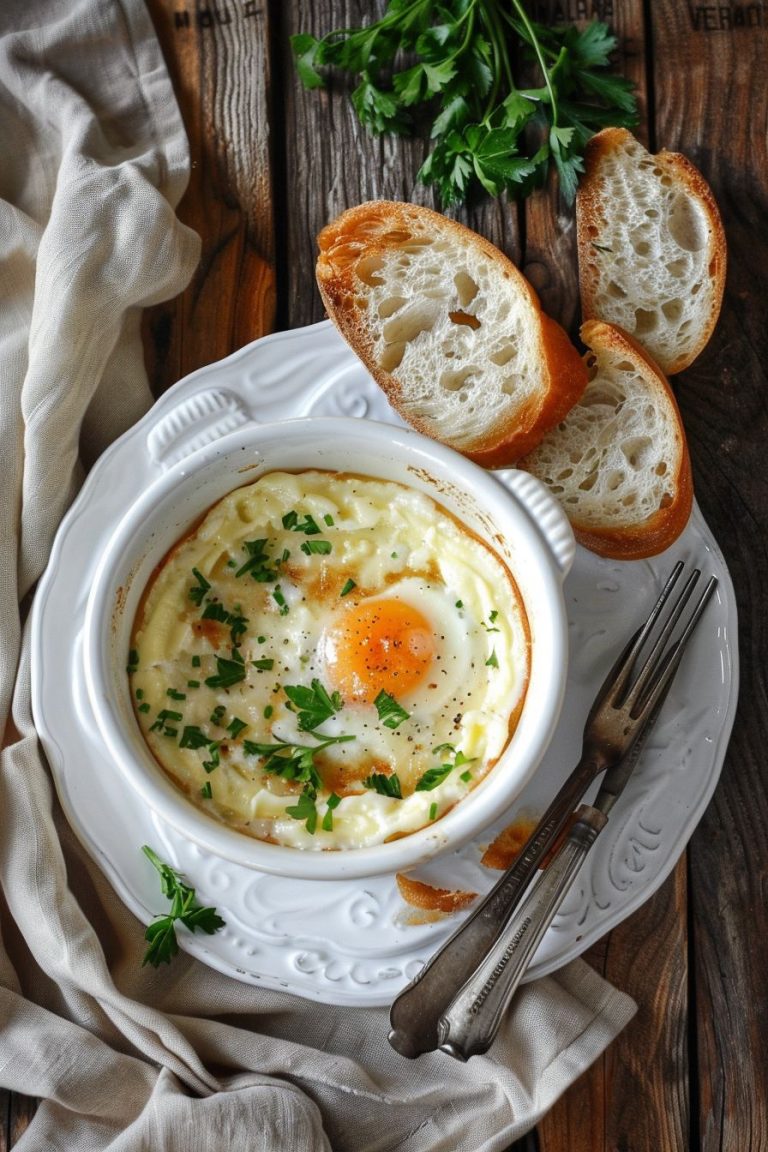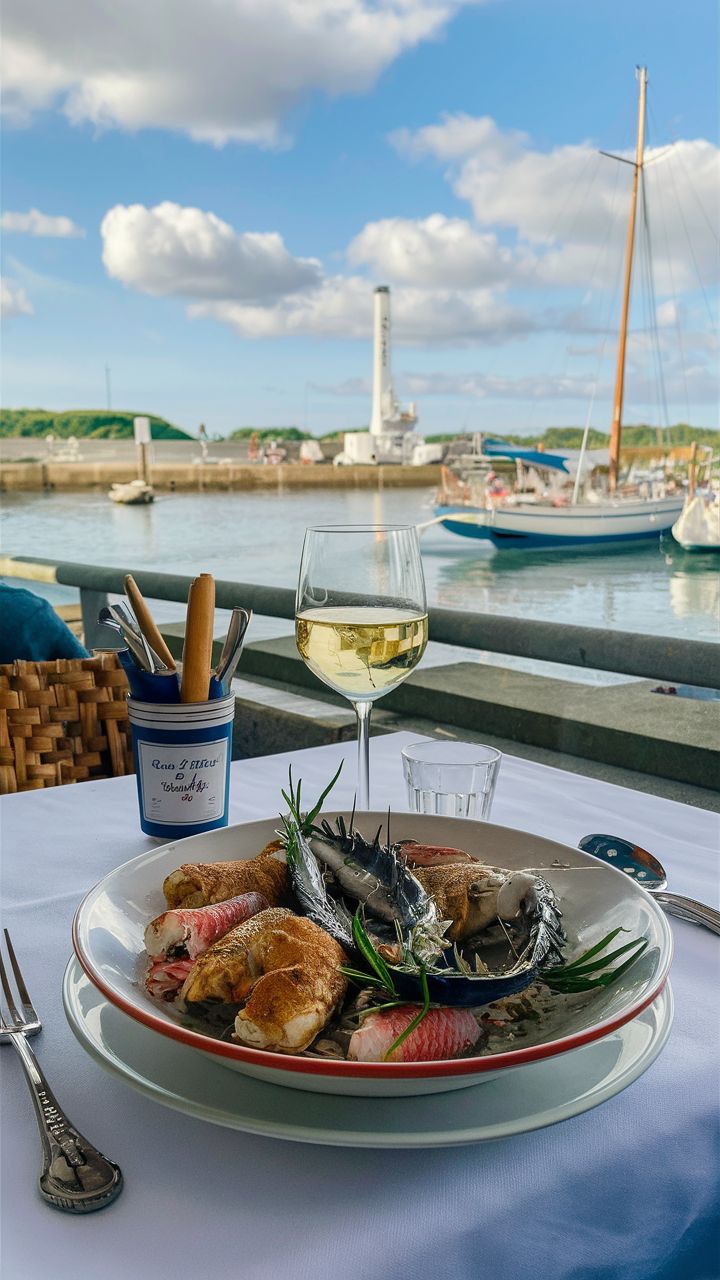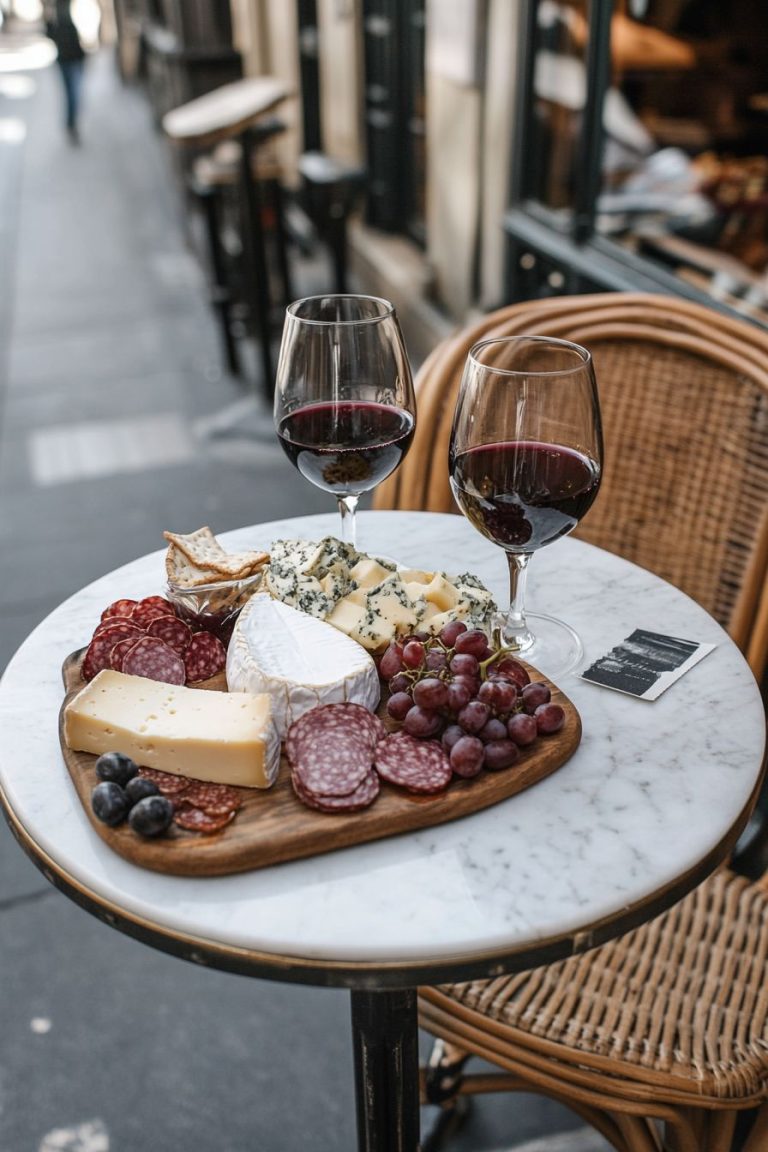10 French Food Customs and Traditions Around Eating Meals
We may earn a commission through all links on this website. As an Amazon Associate, we earn from qualifying purchases.Bonjour, mes amis! Welcome back to my corner of culinary exploration, where we indulge in the rich and diverse world of French cuisine. Today, we’ll be delving into a topic that, while less tangible than the succulent crunch of a fresh baguette or the warm, velvety embrace of a spoonful of crème brûlée, is just as essential to the French culinary experience – the customs and traditions around eating meals.
France is celebrated globally for its culinary contributions, a melange of diverse regional flavors and traditions that transform eating into an art form. Yet, the French approach to food goes beyond mere recipes and ingredients—it’s deeply woven into the tapestry of daily life, communal engagement, and seasonal celebrations. French food customs are a delightful blend of tradition, etiquette, and a genuine passion for quality and pleasure.
French dining is not just about feeding one’s body; it’s about nourishing the soul, strengthening bonds, and savoring every bite with joy and mindfulness. It’s about gathering around a table with loved ones, sampling a symphony of flavors, and allowing the act of dining to be a pause in the day—an indulgent sojourn of the senses, and a heartfelt homage to the beauty of life’s simple pleasures.
So, if you’ve ever found yourself dreaming of enjoying a leisurely French-style déjeuner, or wondered why the French maintain such a zealous adoration for cheese, you’re in the right place. Let’s journey together, as we uncover the cherished customs, the quintessential etiquette, and the vibrant traditions that breathe life into French dining.
Pour yourself a glass of your favorite wine (or perhaps a sparkling glass of eau pétillante), and let’s embark on this culinary adventure together. Welcome to the world of French food customs and traditions—where every meal is a celebration, and every dish, a love letter to life itself. À votre santé!
Enjoying Multiple Courses
In France, a typical meal often involves multiple courses, each with its distinct place and purpose. This culinary ballet begins with the entrée, a light starter such as a salad or soup. Next, we move onto the plat principal, the main course, where the flavors intensify and the heart of the meal resides. Following this is the cheese course, a beloved tradition that is uniquely French. The meal concludes with a dessert, which ranges from a simple fruit dish to elaborate pastries.
Sometimes, a digestif like a small glass of cognac or a coffee follows the meal. This multi-course tradition is not only a testament to the French love for diverse flavors but also promotes a slower, more mindful way of eating.
Art of Gastronomy
The art of Gastronomy in France focuses on the art of food and cooking, as it is seen as a way of life for many French people. At culinary schools in France, students learn about the basics of French cuisine, from classical cooking techniques to modern, innovative recipes. Students are also taught about the history and culture of food in France, from traditional regional dishes and classic techniques to modern trends. Students learn about the social and cultural context of the French dining experience, from how to properly set the table, use the correct utensils, and present dishes to guests.
French Baguettes
Eating a baguette is no doubt a top French food tradition. Baguettes are a type of French bread that is long and thin. It is estimated that around 15 million baguettes are sold in France every day. The baguette is a staple of French cuisine and is widely consumed for breakfast, lunch, and dinner. It is also a common sight in bakeries and cafes, where it is enjoyed as a snack or with a coffee. The popularity of the baguette in France has made it a symbol of French culture and cuisine.
Eating Amongst Family and Friends
Mealtime in France is sacred—a special time for family and friends to gather, converse, and enjoy the art of good food. Whether it’s a simple weekday meal or a grand Sunday lunch, these moments are rarely rushed. Instead, they are relished as a chance to connect, catch up, and share in the common delight of culinary exploration. This tradition goes back centuries, reinforcing the sense of community and intergenerational bonds.
Local and Seasonal Foods
A cornerstone of French culinary tradition is the emphasis on local, seasonal produce. From the bustling farmer’s markets brimming with fresh vegetables, fruits, meats, and cheeses, to the myriad of regional dishes, France’s food culture is firmly rooted in its land and seasons. This respect for locality and seasonality results in meals that are not only delicious and diverse but also environmentally conscious, reflecting the French ethos of sustainable gastronomy.
Taking time to enjoy meals
In the French tradition, meals are never a rushed affair. Dining is seen as much more than just a necessity—it’s a leisure activity, a joyous celebration of life’s bountiful flavors. In France, it’s not uncommon to see lunch breaks that extend over an hour, with everyone from school children to office workers taking the time to enjoy their meal, rather than hurriedly eating at their desks. This unhurried approach to eating encourages mindful consumption, improved digestion, and a greater appreciation for the food we eat.
Eating Cheese and Drinking Wine
No discussion of French food customs can be complete without a nod to cheese and wine. France boasts over 1000 varieties of cheese, and it’s a staple of French dining, often served as a separate course between the main meal and dessert. Similarly, wine is a fundamental part of French culinary culture, often paired thoughtfully with each course to complement the flavors. But remember, both cheese and wine are savored in moderation, enhancing the meal rather than overshadowing it.
Dining Etiquette
French dining etiquette is a blend of manners, customs, and a bit of common sense. It starts with a simple “bon appétit” wishing everyone a good meal. Cutlery is used for almost every dish, and bread, a meal staple, is typically placed directly on the tablecloth instead of a plate. Leaving food on your plate might be perceived as wasteful while finishing everything might imply you’re still hungry. Remember, the pace is slow and steady!
The French Art of Conversation
Speaking of conversation, French meals are as much about discourse as they are about food. Topics flow freely around the table, from culture and politics to personal stories and good-natured banter. The conversation is just as important as the food itself. French people like to share stories and opinions while they eat. There might even be a good debate!
Yet, the conversation never dominates the meal—it simply enriches it, creating a warm, convivial atmosphere that epitomizes the French spirit of joie de vivre.
So, whether you’re dining in France or hosting a French-themed dinner at home, remember: savor the food, cherish the company, and embrace the conversation.
After all, that’s the true French way.
Bon appétit!
